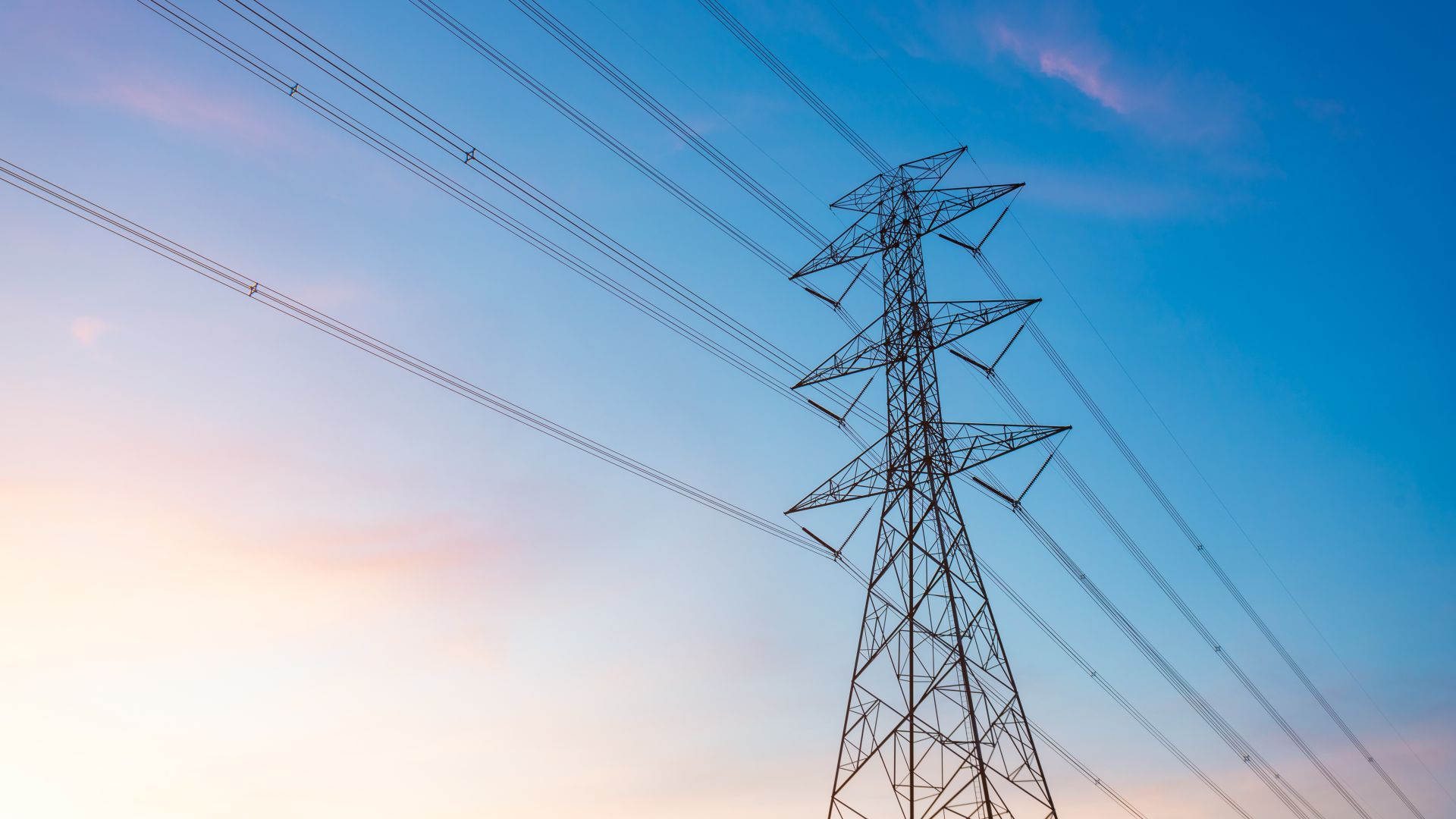June 2025 Update Highlights Both Progress and Pressure Points in Building a Fairer, Faster, and More Resilient Grid
Midcontinent Independent System Operator (MISO) delivered a clear message during its June 2025 Board of Directors and Committee meetings: the power grid is changing fast, and system operators are working to keep pace through reform, investment, and collaboration. From load-shed events in Louisiana to evolving market signals and transmission planning, MISO is focused on the tools it needs to maintain reliability and affordability across its diverse footprint.
SREA engaged throughout the meetings, providing public comment and policy analysis on behalf of utility-scale clean energy developers in the Southeast. Here’s what we learned—and what it means for our members.
Recent Load-Shed Events Underscore the Value of Transmission and Resource Diversity
Two recent reliability events—one in April near the Texarkana seam and another in May affecting the New Orleans region—brought load-shedding back into focus. In the May event, more than 600 MW of load was shed in the Amite South and Downstream of Gypsy load pockets due to a 500 kV line outage and more than 6 GW of offline generation.
While these events raise serious questions about transmission adequacy in MISO South, they also illustrate the risks of over-reliance on a narrow set of generating resources in transmission-constrained areas. SREA believes that the most effective long-term solution is a diversified generation portfolio combined with well-planned transmission expansion.
Solar, in particular, is well-suited to meeting summer reliability needs. When grid stress is highest—hot afternoons with elevated demand for cooling—solar performs reliably and predictably. When paired with storage or flexible generation, it provides even more value.
SREA Opposes ERAS Queue Carve-Outs That Distort Competition
MISO’s proposal to refile the Expedited Resource Addition Study (ERAS) process drew strong reactions. ERAS would allow a subset of projects to skip the normal interconnection queue if they claim to meet near-term regional adequacy needs.
SREA the first ERAS proposal design as well as the subsequent MISO re-filing of ERAS on June 6th, because it introduces subjectivity into a process that should remain technology-neutral and performance-based. In practice, ERAS could enable gas-fired assets to leapfrog renewable projects that have met all queue requirements—raising both fairness and precedent concerns.
We agree with MISO that reliability is critical. But queue exceptions are not a substitute for transmission upgrades vetted through a cluster interconnection process and holistic regional planning. Reliability challenges should be solved with infrastructure, not exemptions.
Market Signals Are Improving, but the South Needs More Planning Attention
The rollout of the Reliability-Based Demand Curve (RBDC) in this year’s Planning Resource Auction (PRA) marked a step forward for market transparency. The summer clearing price of $666.50/MW-day reflects tightening reserve margins and sends a credible signal for new investment.
This is consistent with broader trends in the South: load is growing rapidly, legacy units are retiring, and new generation is waiting in the interconnection queue. MISO staff acknowledged that future Long Range Transmission Planning (LRTP) efforts must increasingly prioritize the South, including enhanced coordination with SPP and Southern Company.
SREA supports these efforts and urges states, utilities, and MISO to collaborate on accelerating competitive transmission development in the region.
SREA Public Comments Highlight Queue Integrity and Regional Reliability Solutions
During the public comment period, SREA’s Transmission Director Andy Kowalczyk emphasized the urgent need for proactive, long-term transmission planning in MISO South. Citing the recent 600 MW load-shed event in southeast Louisiana, Andy called the event a clear warning that the region can no longer afford to rely on reactive reliability fixes. He welcomed MISO’s promise—shared during a recent New Orleans City Council hearing—that Tranche 3 transmission planning would begin alongside Tranche 2.2 in 2026, rather than being delayed.
However, he cautioned that too many projects in the South are still moving forward as emergency reliability fixes rather than as part of a coordinated, multi-value-based regional strategy. His central message: MISO must shift from reacting to reliability crises to de-risking the grid through timely, long-term investment. SREA remains committed to working constructively with MISO and its state stakeholders to ensure Southeast reliability needs are met with durable solutions, not temporary fixes.
SREA’s Take
The challenges facing the Southeast power grid are real—but so are the opportunities. With better planning, fair interconnection policies, and smart transmission investment, MISO can harness the strengths of all resource types, including solar’s exceptional summertime performance, wind’s complementary seasonal output, and emerging storage capabilities.
SREA will continue to advocate for policies that support competition, voluntary participation, and long-term cost savings for ratepayers.
Learn more about SREA’s MISO advocacy work by contacting us today.





